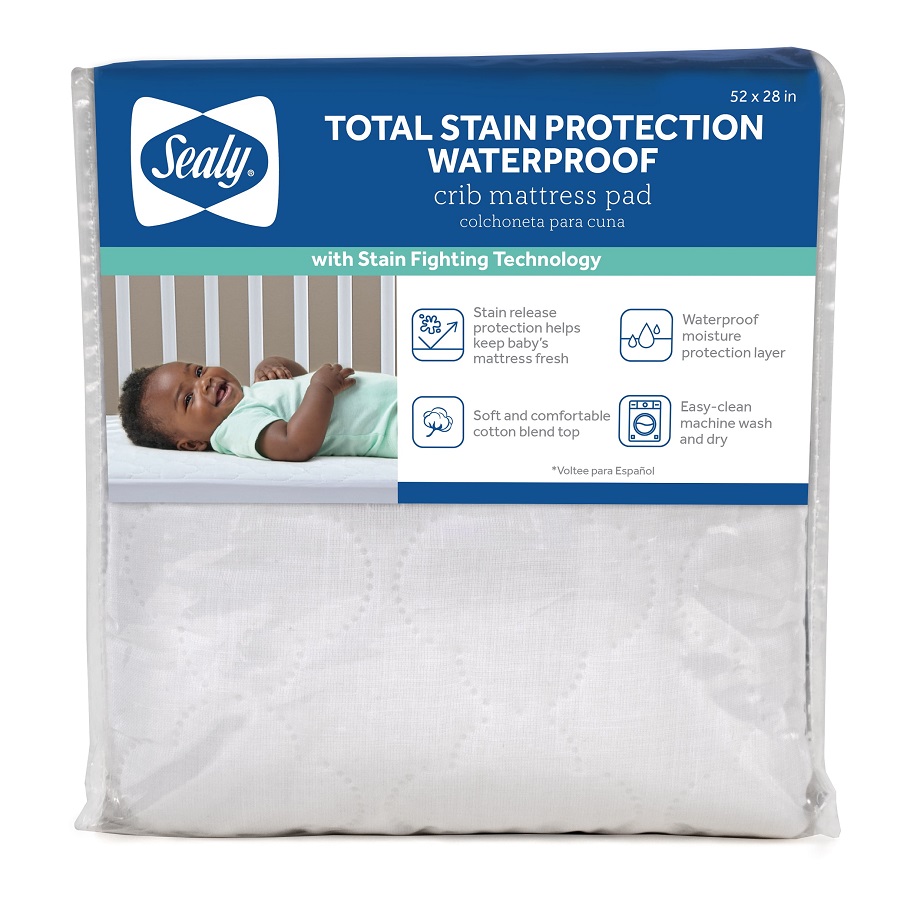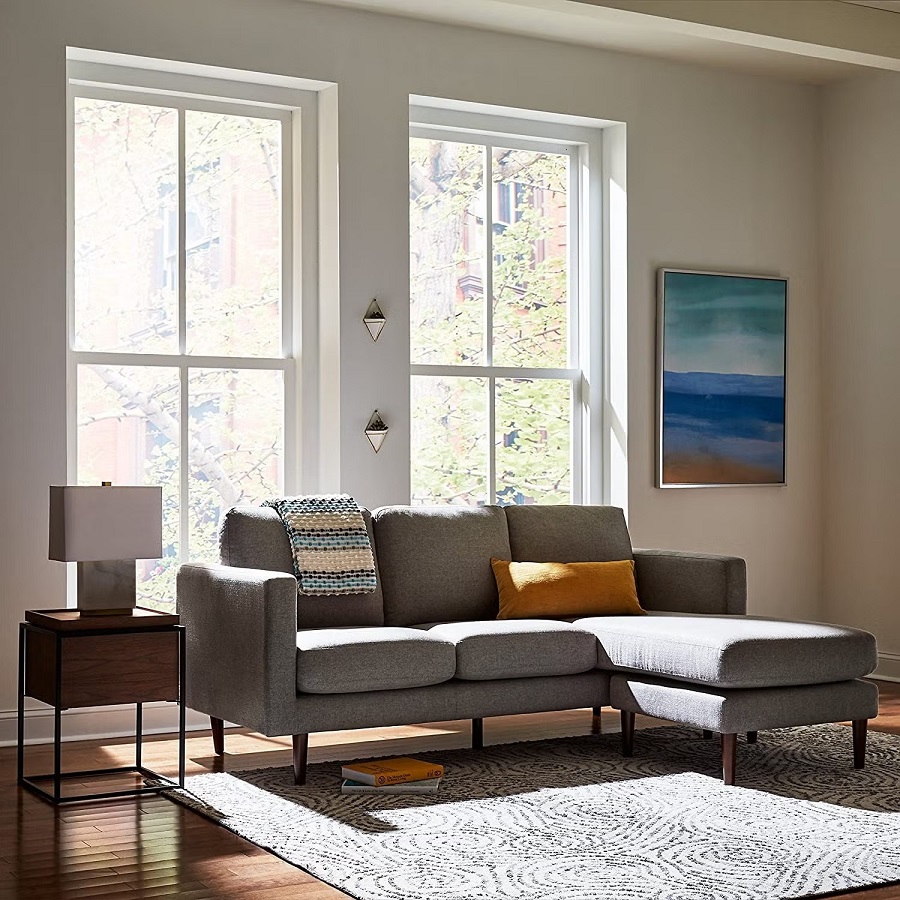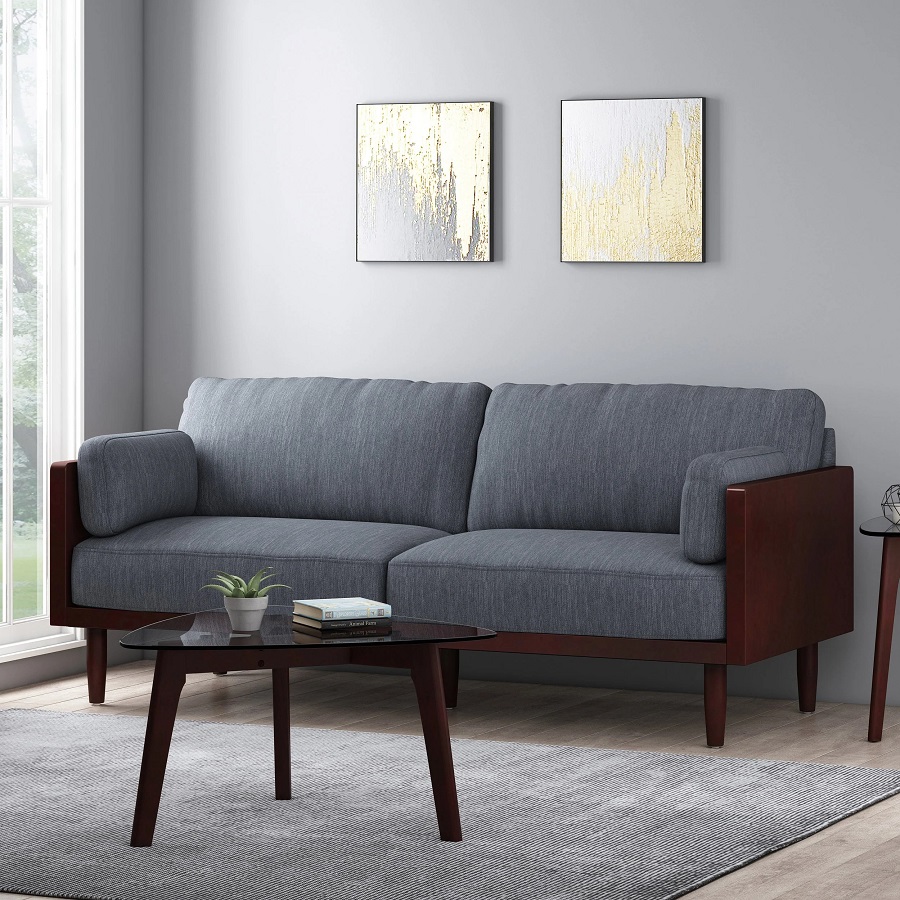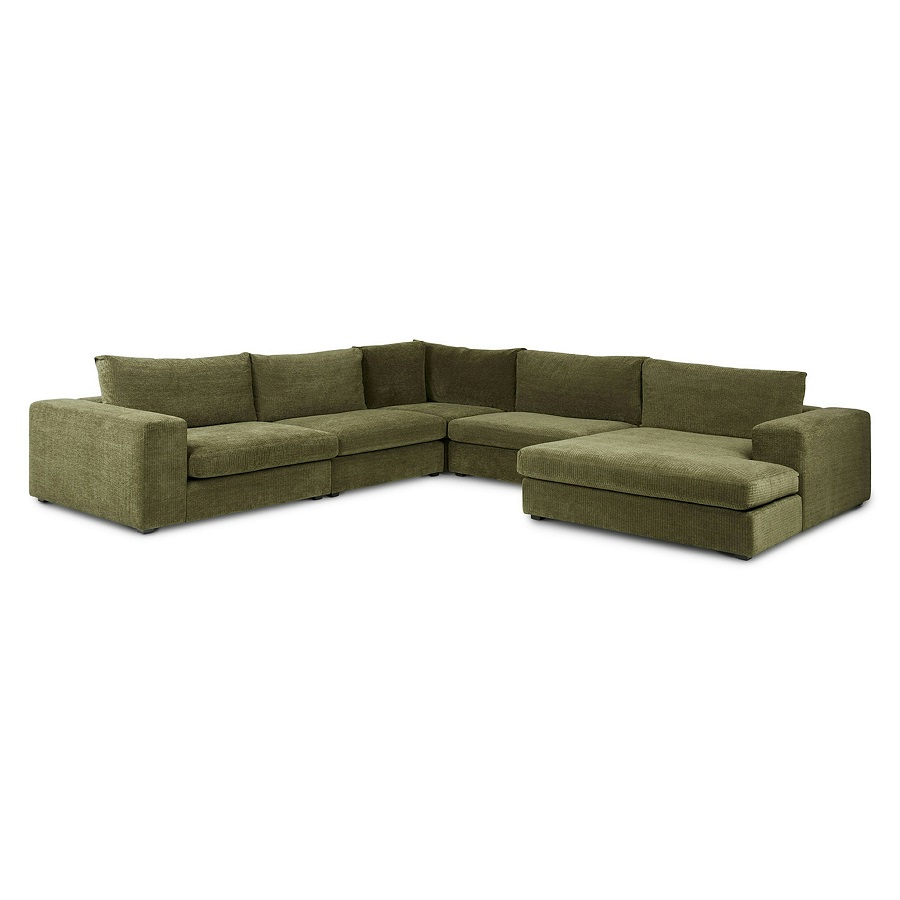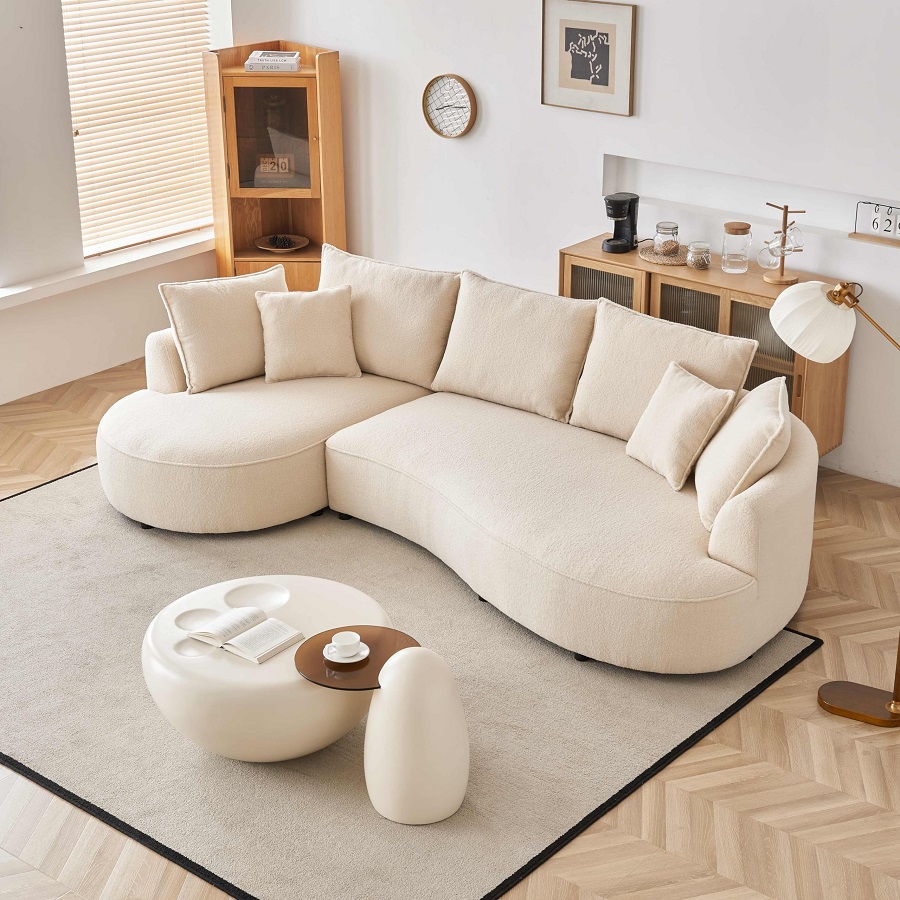Standard Crib Mattress Size Specifications
When shopping for a crib mattress, size is key for your baby’s safety and comfort. Standard crib mattresses should be at minimum 27 1/4 inches wide by 51 1/4 inches long. This specific size fits well in most standard cribs, leaving no dangerous gaps. The standard size also adheres to strict safety regulations.
A good fit between the crib and mattress is vital. The mattress should not leave room for more than two fingers between itself and the crib. This helps prevent risks related to suffocation or entrapment.
Most standard mattresses are about 6 inches thick. They provide firm support for babies as they grow. Firmness is crucial for reducing the risk of sleep-related dangers.
Standard crib mattresses offer benefits throughout early childhood. They can convert to toddler beds, which is cost-effective. This also offers a familiar sleeping space as your child grows.
Always check the tag or manual for exact dimensions. Measurements can vary slightly between brands. Proper size and fit ensure the safest sleeping area for your little one.
Keep in mind that while you want snugness, the mattress should also be easy to remove. This is essential for cleaning and changing sheets.
In conclusion, standard crib mattress size matters a lot. It ensures safety, comfort, and a good return on investment. Make sure to choose the right one that meets safety standards and fits well in your chosen crib.
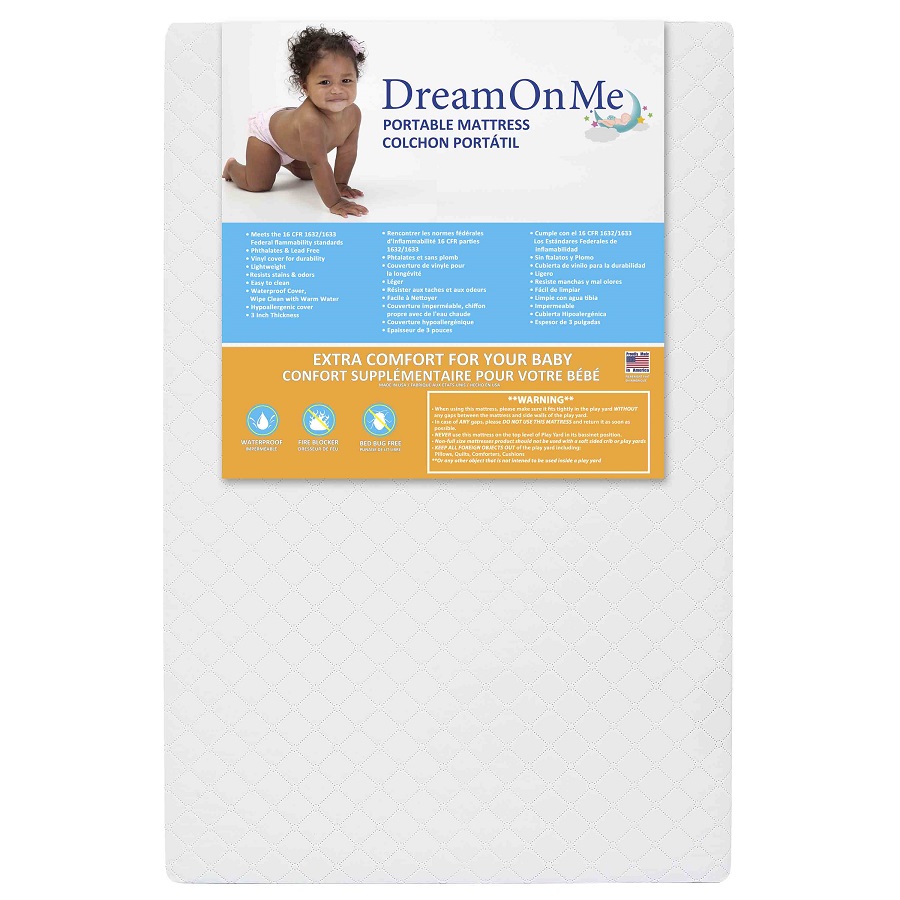
Mini Crib Mattress Options and Considerations
When considering a mini crib mattress, size and safety are paramount. Unlike standard crib mattresses, mini crib options vary more in size, as they’re not federally regulated. Typically, a mini crib mattress measures 24 inches wide by 38 inches long. Despite this, always double-check the fit in your mini crib to avoid any unsafe gaps.
Mini crib mattresses are especially useful for compact nurseries or for grandparents’ homes. They also tend to be more budget-friendly initially. However, bear in mind that mini cribs and mattresses are outgrown quicker—usually by the time the child reaches two years old.
Ensure that the mini crib mattress you select is firm and breathable. A firm mattress supports the baby’s growth, minimizing risks such as suffocation. Breathability helps regulate temperature, maintaining comfort and safety during sleep.
While mini crib mattresses can be thinner than their standard counterparts, do not opt for a mattress thicker than 6 inches. Overly thick mattresses increase the risk of babies climbing out, which can lead to injuries. Maintain at least 26 inches from the mattress top to the highest point of the crib side.
Despite their smaller size, it’s essential to choose a mini crib mattress that meets all safety guidelines. Look for certifications such as GREENGUARD Gold to ensure the product does not emit harmful chemicals.
Most importantly, even though are all crib mattresses the same size isn’t true, safety and appropriate sizing should never be compromised. Invest in a quality mini crib mattress that provides peace of mind.
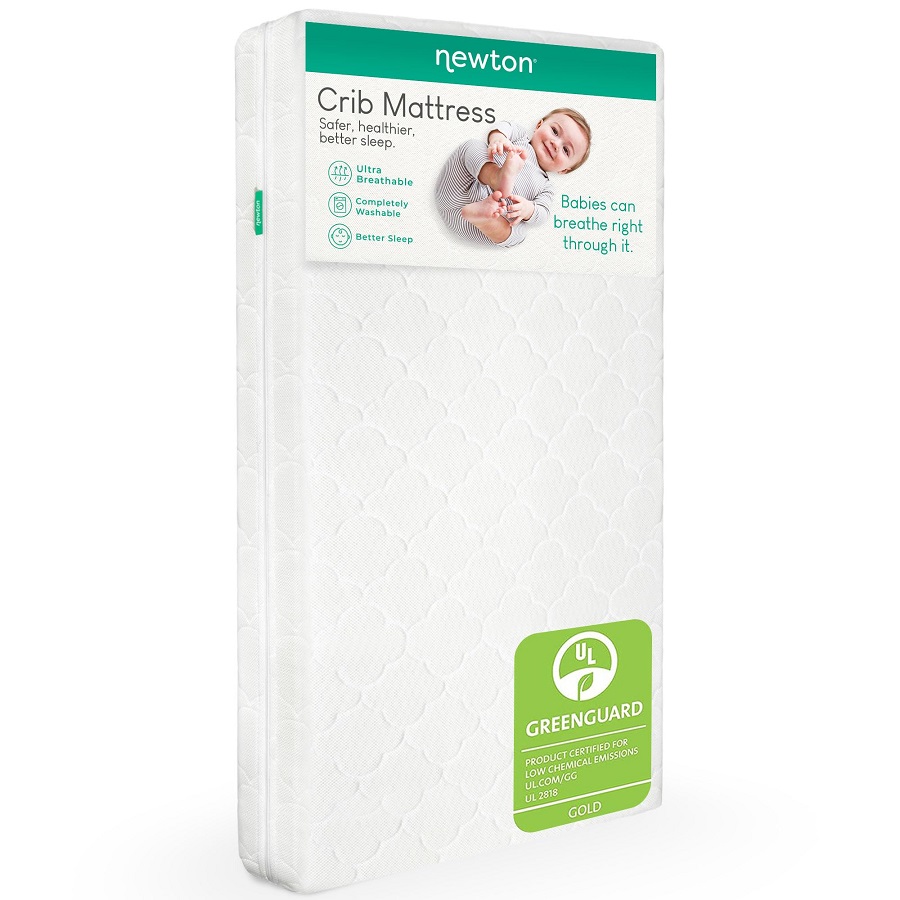
Understanding Shaped Crib Mattresses and Compatibility
Shaped crib mattresses cater to cribs with unique designs such as round, oval, or hexagonal models. Unlike standard and mini crib mattresses, shaped mattresses do not follow strict size regulations. This often means the mattress that fits your shaped crib comes with the crib itself.
It is vital that the mattress fits your shaped crib with no gaps. This helps prevent any dangers that could come from your baby getting stuck between the mattress and crib side. When shopping, double-check if your chosen crib includes a mattress. This avoids the hassle of finding one that fits perfectly later.
Shopping for shaped cribs and mattresses might present fewer options. These types can be pricier than standard or mini options. You often pay for the unique design and style, so it’s important to budget accordingly.
Ultimately, the key to mattress and crib compatibility lies in ensuring a snug fit. This helps keep your baby safe while they sleep. Select a crib and mattress that leave no room for error and keep your little one secure.
The Importance of Proper Crib and Mattress Fit
Finding the right fit between a crib and mattress is crucial for your baby’s safety. A mattress that’s too small leaves dangerous spaces. These gaps can trap a baby, leading to injury or worse. A mattress too big can buckle or not lay flat, also a safety risk.
For a safe nursery, measure your crib’s interior dimensions. Match these measurements to the mattress size. Do this before you buy to avoid a bad fit. The best fit allows no more than a two-finger gap between the mattress and crib. This rule helps stop arms or legs from getting stuck.
A properly fitted mattress stays in place. It should not shift when the baby moves. It also makes sheet changes quick and safe. You don’t want to struggle with a mattress that’s hard to lift or fit back in.
In short, you must get the mattress and crib fit right. It’s not just about comfort—it’s about your baby’s safety while they sleep.
Safety Guidelines and Regulatory Standards for Crib Mattresses
When picking a crib mattress, follow essential safety guidelines. Standards help ensure a safe sleep environment for babies. Regulatory bodies like U.S. Consumer Product Safety Commission (CPSC) set these rules.
The CPSC has clear requirements. They cover mattress sizes and materials used. This prevents hazards like suffocation. Mattresses should not leave gaps when placed in cribs. This is vital for baby’s safety.
Mattresses must also meet specific thickness standards. They should not be too thick or thin. A safe mattress is firm to prevent baby from sinking in. It also cannot be more than 6 inches thick. This stops baby from climbing out.
Look for certifications like GREENGUARD Gold. Such endorsements mean the mattress is free of harmful chemicals. Non-toxic materials are safer for baby’s health.
Mattress firmness is also regulated. Firm mattresses lower the risk of SIDS. They give babies solid support while sleeping. Always press on a mattress to test its firmness before buying.
Products that don’t meet these standards might be dangerous. Steer clear of them for your nursery. It’s a risk not worth taking for your baby’s safe sleep.
In summary, make sure any crib mattress you consider follows key safety guidelines and has the right certifications. This ensures your baby has a secure and healthy place to sleep.
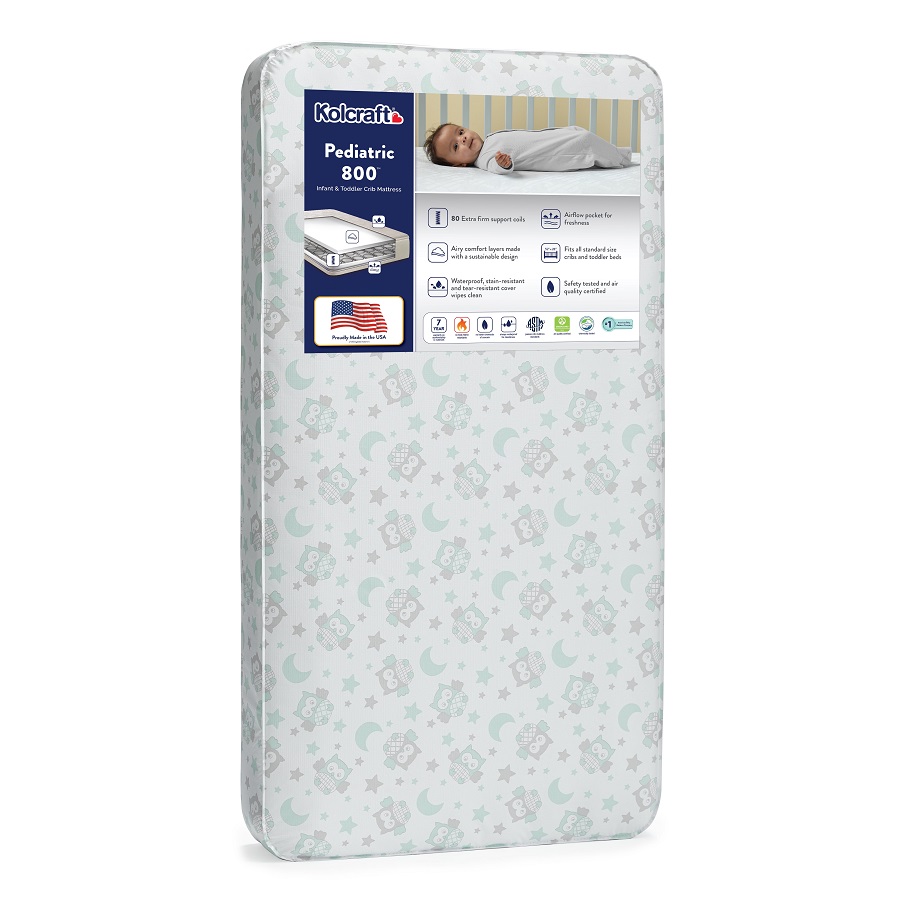
Tips for Selecting the Right Crib Mattress Firmness and Thickness
When choosing a crib mattress, firmness and thickness play key roles. Here are important tips to ensure you get the right one for your baby.
Prioritize Firmness for Safety
A firm crib mattress helps prevent risks like suffocation. Ensure it snaps back to shape quickly after you press it. A firm surface supports your baby as they move and explore.
Consider Thickness for Security
Pick a mattress that’s no more than 6 inches thick. This height keeps your baby safe from climbing out. Also, check that the mattress leaves a gap no wider than two fingers between it and the crib.
Keep Comfort in Mind
While firm is vital, comfort still matters. Are Soft Mattresses Bad for Your Back? Exploring the Pros are not safe for infants; stick to firm options until your child grows.
Test for Firmness Yourself
Before buying, press on the mattress. It should return to its original shape fast. This test helps you gauge if the mattress is firm enough.
Remember, when it comes to your baby’s crib mattress, the right firmness and thickness are crucial for safety and comfort. Always opt for a firm, appropriately thick mattress to create the safest sleep environment. Avoid overly soft options that may pose a risk to your baby.
Additional Features: Breathability, Non-Toxic Materials, and Certification
Focus on Breathability
Choosing a breathable crib mattress helps keep your baby cool and safe. Look for mattresses with breathable fabrics or design features. Good air flow can prevent overheating and discomfort.
Search for Non-Toxic Materials
Pick mattresses made with non-toxic materials. Your baby’s health comes first. Mattresses free from harmful chemicals offer a cleaner sleeping environment.
Check for Certifications
Certifications like GREENGUARD Gold signal safety and quality. They show that products emit low chemical levels. Always check for certifications on crib mattresses.
Breathability, non-toxic materials, and proper certification are important features. They ensure your baby sleeps safely and comfortably. When shopping for a crib mattress, don’t compromise on these qualities. They’re as critical as size and firmness in your baby’s sleeping space.
The Longevity and Cost-Effectiveness of Quality Crib Mattresses
Investing in a high-quality crib mattress can save money in the long run. Quality mattresses last longer, meaning you won’t need to replace them often. This is both cost-effective and practical. Babies spend a lot of time in their cribs, so a durable mattress is key.
A good crib mattress doesn’t just last years. It also provides long-term benefits for your child’s sleep and safety. Over time, cheaper mattresses may wear down and lose their firmness. This can create safety risks for your child.
Moreover, higher-priced mattresses often come with waterproof and non-toxic features. These materials are less likely to cause allergic reactions or health issues. They can also be easier to clean, which keeps the sleeping area hygienic for your baby.
Some premium crib mattresses also have dual-sided firmness. One side is firmer for infants, and the other less firm for toddlers. This design increases the mattress’s life span as it can adapt to your growing child’s needs.
In summary, while all crib mattresses may not be the same size, quality ones share the benefit of lasting longer. They may cost more upfront, but the benefits for safety, health, and ease of use offer real value. Choose wisely to ensure your child sleeps safely and comfortably from infancy through the toddler years.






